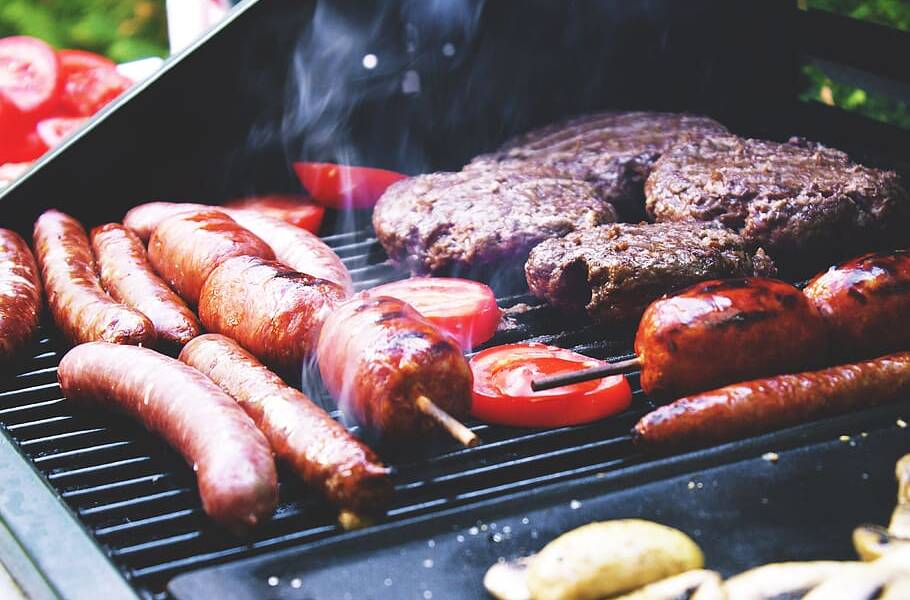Memorial Day weekend marks the official start of summer, and as the weather heats up, so does the number of meals served outdoors. Whether dining with friends by the pool or family in the backyard, food needs to be served safely to avoid foodborne illness. As you begin to plan your outdoor activities and meals, the U.S. Department of Agriculture (USDA) Food Safety and Inspection Service offers some food safety tips to help protect yourself from foodborne illness.

“The bacteria that cause food poisoning love summer just as much as we do, because they multiply and reproduce rapidly in warmer temperatures, which is why we see a spike in illnesses in the summer,” said Dr. Emilio Esteban, Undersecretary for Food Safety. “As we all spend more time outdoors, it’s important to remember these food safety procedures to keep our friends and family safe.”
wash hands
The first step to safely serving summer foods is to start with clean hands. If running water is available, wet your hands, lather them with soap and rub them for 20 seconds, rinse, and dry. If running water is not available, use a hand sanitizer containing at least 60% alcohol or a damp towel.
Packing fresh produce safely
If you are traveling with perishable foods to a pool, beach, summer camp, hiking, cookout or other location, be sure to use a cold source in a cooler or insulated container to keep the food at a safe cold temperature below 40°F. Cold source options include ice, refrigeration, gel packs, water bottles, frozen beverages such as iced tea, and juices such as apple or grape (that do not need to be refrigerated to be safe). Additional cooler tips:
Pack beverages in one cooler and perishable foods in another. Beverage coolers are opened frequently, causing the temperature inside the cooler to fluctuate and creating dangerous conditions for perishable foods. Store coolers and insulated bags out of sunlight. If you take them outside, place them in the shade. A full cooler or insulated bag will keep perishable foods cold and safe much longer than if it’s only half full. Place a household thermometer (traditionally used for refrigerators and freezers) in your cooler to make sure food is staying at 40 degrees or below.
Keep out of the danger zone
The danger zone is the temperature range between 40 and 140 degrees Fahrenheit, where bacteria grows rapidly. Perishable foods such as meat and poultry, sliced fruits and vegetables, and cooked side dishes should be kept out of danger zones or kept at high or low temperatures to maintain food safety. .
Cold foods should be stored below 40 F, such as in a refrigerator, cooler, insulated container, or on ice. Hot foods should be placed on the grill, heated chafing dish, slow cooker, or warming tray and kept above 140 F.
Check the temperature of cold and hot items frequently.
Follow the two-hour rule
Foods that have been kept hot or cold outside the danger zone, or that have not been left out for more than 2 hours (1 hour if above 90 degrees Fahrenheit) can be safely stored. Other items are considered unsafe and should be discarded. If in doubt, throw it away!
Have questions about food safety?
Call the USDA Meat and Poultry Hotline at 1-888-MPHotline (1-888-674-6854) or email MPHotline@usda.gov Monday through Friday from 10 a.m. to 6 p.m. ET or chat live at www.ask.usda.gov.
News releases and other information are available on the U.S. Department of Agriculture’s Food Safety and Inspection Service (FSIS) website at www.fsis.usda.gov/newsroom. Follow FSIS on X. U.S. Food Safety Agency or in Spanish X translation:Connect with USDA on Instagram @usdagov and on Facebook .
USDA


